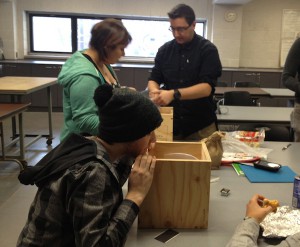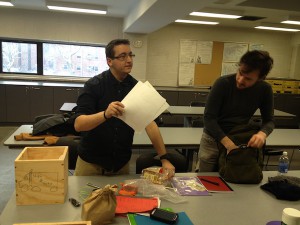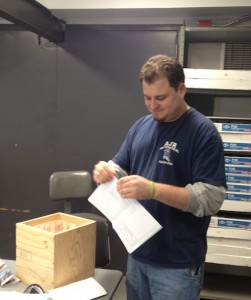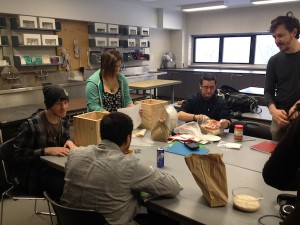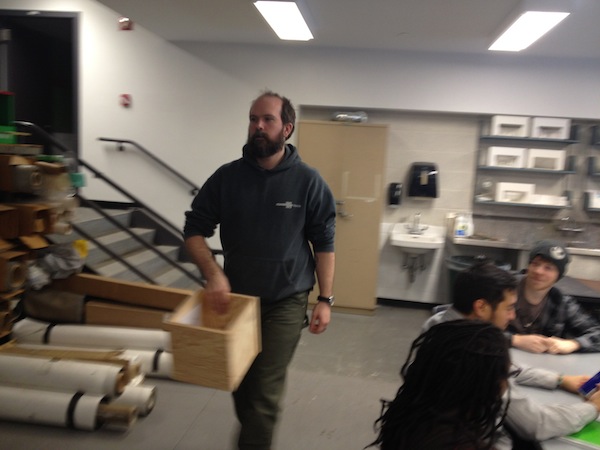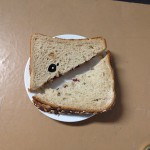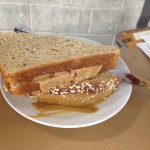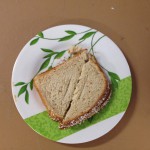Sandwich Shop Debriefing
What follows are notes from the group discussion (post mordem) of the Sandwich Shop project
Define Problem:
Instructions / Documentation
Ingredients
Fit in box
Fresh
Did you understand the problem?
Did you revisit the problem and its elements?
Did you create/include:
– A checklist?
– Design drawings?
– Make a test sandwich from your instructions?
How successful was your project?
Were instructions read correctly?
The goal of good instructions is to make every step clear, even “givens”
e.g. opening packaging, cleaning your hands before food prep…
You don’t want to frustrate the crew
More instructions are better, pictures are nice, make wording clear
What are examples of products we all encounter that come with instructions?
– Ikea furniture (minimal words)
– Lego build sets
What are the common aspects of instructions that make them effective?
– Pictures (of final product followed by step by step assembly)
– Steps (not too much in each step)
– Packing list (1st instruction should be to check contents against list, packing list that is noted by packer also creates confidence in project outcome)
– Clearly state what instrucions are for i.e. what you are building
You want your crew assembling to know what the final product looks like to help them make educated inferences and involve them in the quality control of the final product, create a goal for the crew.
Applications of this exersice in “the real world”
– How would the problem be different?
- The crew might not be familiar with the object being constructed
– What was missing from this exercise that would be present in a “real” problem?
- Redundancy
- How much redundancy is important?
- Labeling of all parts
- Labeling of use of part vs part name or description based on application and knowledge of users


